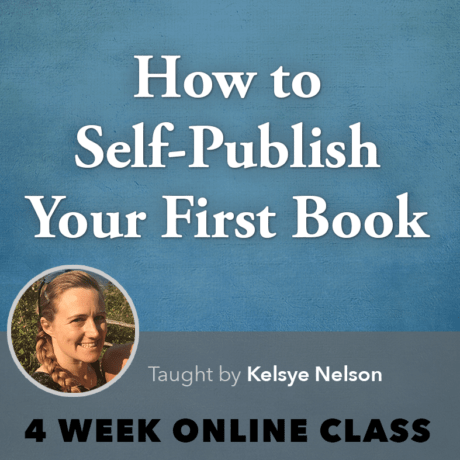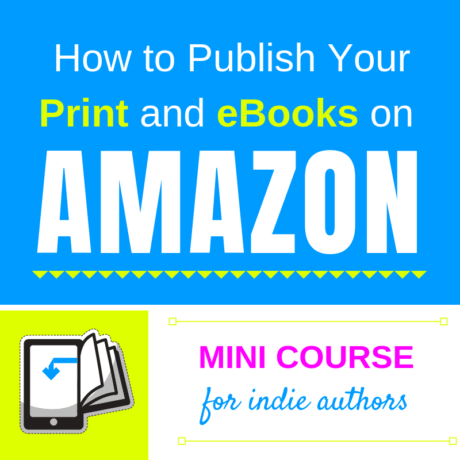

As writers, creatives and professionals, navigating the vast variety of digital options, connecting with your audience and minding copyright rules can be a challenge.
These five expert tips are a great place to start.
1. Working Within a Structure
As creative professionals, we are often bound by limitations and regulations. Whether it be in the form of content, delivery, critique, or discovery, constraints to our work should not limit our creativity. In fact, it should encourage it.
Paulette Beete, a social media manager and writer for a federal cultural agency, believes that creativity is about thriving within boxes. She encourages learning to look at boundaries as an opportunity to be more creative.
Key takeaway: Constraints encourage creativity. Work within the box.
2. Delivering Content
As a storyteller, give your audience an interesting story they want to savor and revisit. This requires a thorough understanding of your target audience.
ShaMyra, a technical writer in the energy department, knows her audience is not versed in the technical details she deals with. So her storytelling process involves breaking this information down to basic units and using videos and animations to help take the story to her target audience.
Key takeaway: Know your audience. Build the story from there.
3. Accepting Feedback
Learning the art of accepting critical feedback is perhaps the most important step of the creative process. You need to shift your perspective from taking it personally—and thus sabotaging yourself—to accepting it as part of the improvement process.
ShaMyra recommends comparing the final output with the first draft to rejoice on how refined and clear it looks. That’s exactly what you want the end user to consume. After all, you get the credit for the final creation!
Key takeaway: Critical feedback is part of the iteration process.
4. Search Engine Optimization and Copyrights
Optimizing your content for search engines helps people discover your work easily. While on-site SEO strategies are straightforward, ShaMyra Sylvester, an SEO specialist and content strategist, encourages networking as an effective off-site SEO strategy. It helps leverage on the growing culture of sharing on social media.
When you reproduce or disseminate someone else’s copyrighted work, be mindful about fair use, getting prior permission and crediting their work. This helps leave a public trail to discover artists.
Key takeaway: Leverage on content sharing but be mindful about copyrights.
5. On Mastering Social Media (Instagram and Twitter)
Instagram is great for artists. The grid makes room for experiential learning and story-sharing. You can attract a viewer with impressive art, then introduce them to a whole new story with your description.
Twitter works best even for those who don’t want to share but still be part of conversations within different communities. It’s perfectly fine to share absolutely nothing and still stay on top of the relevant conversations for your work.
Key takeaway: You don’t have to spread yourself too thin on all platforms. Find and stick to a channel that works best for you.

Shafeeka Hafeez
Shafeeka Hafeez grew up escaping into a world of books where she discovered a love for writing and a fascination with trees. When she’s not taking up a new marketing skill, or typing out a blog post, you can find her Googling the best therapy for abandoned cats.







0 responses on "5 Things You Need to Know About Writing for the Web"